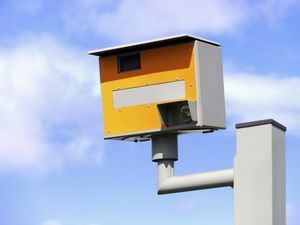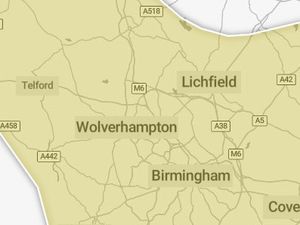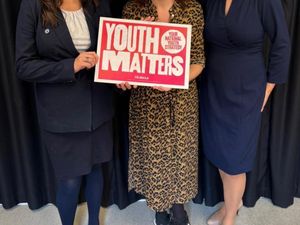Staffordshire County Council cuts emissions by almost half
A Staffordshire council has cut its carbon emissions by 43 per cent since it declared a climate emergency, it has been revealed.
Staffordshire County Council is working towards becoming carbon neutral by 2050 as it looks to tackle climate change.
The authority declared a climate emergency in 2019 and has produced an action plan detailing how it aims to help the county become more sustainable in the years to come. On Wednesday cabinet members received the council’s second climate change annual report, which detailed a “significant reduction” in carbon emissions of 15% from 2019/20 to 2020/21.
But cabinet members have been warned that this level of reduction in annual emissions is unlikely to be replicated. And future reporting is likely to show slower progress because of the challenge ahead for the authority.
Councillor Simon Tagg, cabinet member for environment, infrastructure and climate change, said: “The headline figure is the 43% reduction in emissions since we declared a climate emergency in 2019. This has been achieved through continuing energy efficiency across the council’s corporate estate including schools – also some of our schools have gone to academies so they are no longer taken as part of the carbon count of the county council.
“We’re also getting to the bottom of our council emissions across the board, which has helped us begin to trim off some of those and added to the 43%. There are effects from the way we have changed working because of Covid as well.
“That is all good and great and we are taking out what could be described as low-hanging fruit. It’s an achievement that everybody across the council can play a part in and take the credit for.
“But there is still a long way to go on the road to 2050. There are still many areas of the county council’s operations with high emissions, such as waste management and home to school transport particularly, and others as well.”
The climate change action plan presented to Wednesday’s meeting contains more than 30 tasks to be carried out between 2021 and 2025 focusing on five areas; carbon reduction, air quality, natural environment, waste and climate change. Aims include increasing the number of electric vehicle charging points in the county, making better use of home to school transport by maximising use of every seat for entitled pupils, moving to alternative or more carbon-efficient fuels where possible and improving energy efficiency of buildings, highway infrastructure and equipment.
Councillor Tagg said the authority had used its climate change action plan to help community groups and schools invest more than £53,000 in projects such as upgrading halls with LED lights and encouraging “active travel” by installing bike racks. “Only two per cent of the emissions come from local authorities; the other 98% are everything else”, he said.
Council leader Alan White said: “We make up a very small proportion of Staffordshire’s total emissions, so it’s even more important that we inform, inspire and support residents, communities and business to do their bit. If everyone makes a few small changes, the impact quickly mounts, so look out for the grants and other schemes we make available to accelerate the county’s journey to net zero.
“Our communities in particular are embracing the agenda, doing stuff themselves and making their places places you can be proud of. I think it’s absolutely wonderful and this all plays into that.
“You see some authorities going for the virtue signalling approach which is zero carbon by yesterday – completely unachievable, extremely expensive to even try and achieve. What we’re demonstrating is our incremental approach of achieving net zero; little steps but successful steps year on year which allows us to be certain that those steps that we take will stick.”





